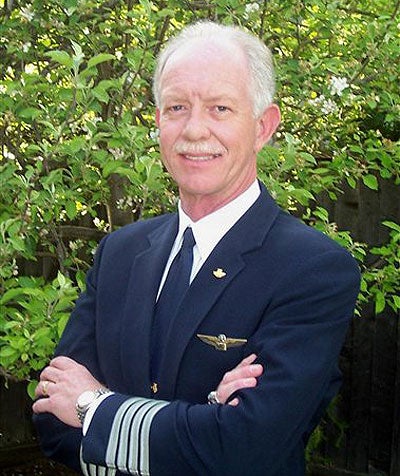Captain: 'We’re gonna end up in the Hudson'
Dramatic new account of the saving of Flight 1549

Your support helps us to tell the story
From reproductive rights to climate change to Big Tech, The Independent is on the ground when the story is developing. Whether it's investigating the financials of Elon Musk's pro-Trump PAC or producing our latest documentary, 'The A Word', which shines a light on the American women fighting for reproductive rights, we know how important it is to parse out the facts from the messaging.
At such a critical moment in US history, we need reporters on the ground. Your donation allows us to keep sending journalists to speak to both sides of the story.
The Independent is trusted by Americans across the entire political spectrum. And unlike many other quality news outlets, we choose not to lock Americans out of our reporting and analysis with paywalls. We believe quality journalism should be available to everyone, paid for by those who can afford it.
Your support makes all the difference.Investigators provided a dramatic new account early today of what unfolded inside US Airways Flight 1549 when it slammed into a flock of birds moments after takeoff. Within seconds, the pilot knew where he would end up: "We're gonna be in the Hudson."
The account by the National Transportation Safety Board demonstrated just how quickly the flight deteriorated on Thursday from a routine takeoff to a perilous crash-landing.
It began with a thump at about 3,000 feet, and the loss of all engine noise, followed by the pilot's quick realization that returning to LaGuardia or finding another airport was impossible. With both engines out, flight attendants described complete silence in the cabin, "like being in a library," said NTSB member Kitty Higgins. A smoky haze and the odour of burning metal or electronics filled the plane.
The blow had come out of nowhere. The NTSB said radar data confirmed that the aircraft intersected a group of "primary targets," almost certainly birds, as it climbed over the Bronx. Those targets had not been on the radar screen of the air traffic controller who approved the departure, Ms Higgins said. As the details emerged, investigators interviewed the pilots and worked to pull the airliner from the river. The jet lay almost entirely submerged yesterday next to a sea wall in lower Manhattan where workers positioned a crane to haul it onto a waiting barge.
Crews need to remove the cockpit voice and flight-data recorders and locate the left engine, which came off and sank following the crash-landing. Divers originally thought both engines were lost, but realized yesterday that the right engine was still attached. The conditions were treacherous, with the temperature dipping to minus 14C and giant chunks of ice forming around the plane. Divers who went into the river had to be sprayed down with hot water during breaks on shore. Teams worked into the evening to remove the plane, with floodlights shining down onto the scene and emergency boats surrounding the aircraft.
The investigation played out as authorities released the first video showing the crash landing. Security cameras on a Manhattan pier captured the Airbus A320 as it descended in a controlled glide, then threw up spray as it slid across the river. The video also illustrated the swift current that pulled the plane down the river as passengers scrambled out onto the wings and boats moved in for the rescue.
Investigators began interviewing the pilot, Chesley B "Sully" Sullenberger, and his co-pilot for the first time yesterday. Mr Sullenberger guided the crippled aircraft into the river, saving the lives of all 155 people on board. He was seen entering a conference room of a lower Manhattan hotel, surrounded by federal investigators. The pilot seemed composed. When a reporter approached him for comment, one of the officials responded: "No chance."
Join our commenting forum
Join thought-provoking conversations, follow other Independent readers and see their replies
Comments